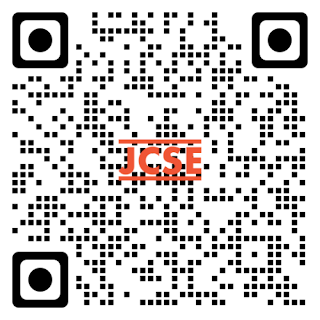Employment of Convolutional Neural Networks in an Eye Disease Detection Application Leveraging Tensorflow.js
(1) University of Ibrahimy
(2) University of Ibrahimy
(3) University of Ibrahimy
Abstract
according to data from the World Health Organization. In Indonesia, these
conditions rank first in Southeast Asia and second globally, as evidenced by
data from the Ministry of Health's Roadmap of Visual Impairment Control
Program in Indonesia 2017-2030. Early detection of these diseases is crucial
for preventing blindness. This study aims to classify eye diseases using a native-
architecture Convolutional Neural Network (CNN) classification method with
the novel inclusion of three non-fundus or real-eye image subsets. The CNN
implementation in this study employs 100 epochs and achieves an accuracy of
98.67%. The saved model from this research will be deployed using
TensorFlow.js, a framework or library derived from TensorFlow.
Keywords
Full Text:
PDFReferences
“Vision Impairment and Blindness,” World Health Organization (WHO). Accessed: May 23, 2024. [Online]. Available: https://www.who.int/news room/fact-sheets/detail/blindness-and-visual-impairment
Roadmap of Visual Impairment Control Program in Indonesia 2017 - 2030. Kemenkes, 2018. Accessed: May 24, 2024. [Online]. Available: https://p2ptm.kemkes.go.id/uploads VHcrbkVobjRzUDN3UCs4eUJ0dVBndz09/2018/04/Roadmap_of_Visual_Impairment_Control_In_Indonesia_2017_2030.pdf
E. Y. Wang et al., “Global Trends in Blindness and Vision Impairment Resulting from Corneal Opacity 1984–2020,” Ophthalmology, vol. 130, no. 8,pp. 863–871, 2023, doi:10.1016/j.ophtha.2023.03.012.
K. S. Naidoo et al., “Potential Lost Productivity Resulting from the Global Burden of Myopia,”Ophthalmology, vol. 126, no. 3, pp. 338–346, 2019, doi: 10.1016/j.ophtha.2018.10.029.
N. A. Brown and A. R. Hill, “Cataract: the relation between myopia and cataract morphology.,”British Journal of Ophthalmology, vol. 71, no. 6, pp. 405–414, Jun. 1987, doi:10.1136/bjo.71.6.405.
F. N. Cahya, N. Hardi, D. Riana, and S. Hadiyanti, “Klasifikasi Penyakit Mata Menggunakan Convolutional Neural Network (CNN),” SISTEMASI, vol. 10, no. 3, p. 618, Sep. 2021, doi:10.32520/stmsi.v10i3.1248.
R. Indraswari, W. Herulambang, and R. Rokhana, “Deteksi Penyakit Mata Pada Citra Fundus Menggunakan Convolutional Neural Network (CNN),” tc, vol. 21, no. 2, pp. 378–389, May 2022, doi: 10.33633/tc.v21i2.6162.
I. Wulandari, H. Yasin, and T. Widiharih, “KLASIFIKASI CITRA DIGITAL BUMBU DAN REMPAH DENGAN ALGORITMA CONVOLUTIONAL NEURAL NETWORK (CNN),” J.Gauss, vol. 9, no. 3, pp. 273–282, Aug. 2020, doi: 10.14710/j.gauss.v9i3.27416.
M. T. Ahad, Y. Li, B. Song, and T. Bhuiyan, “Comparison of CNN-based deep learning architectures for rice diseases classification,” Artificial Intelligence in Agriculture, vol. 9, pp. 22– 35, 2023, doi: 10.1016 j.aiia.2023.07.001.
A. Krizhevsky, I. Sutskever, and G. E. Hinton, “ImageNet classification with deep convolutional neural networks,” Commun. ACM, vol. 60, no. 6, pp. 84–90, May 2017, doi: 10.1145/3065386.
A. G. Howard et al., “MobileNets: Efficient Convolutional Neural Networks for Mobile Vision Applications.” arXiv, 2017. doi: 10.48550/ARXIV.1704.04861.
Z. Wang, S. Lin, J. Xie, and Y. Lin, “Pruning Blocks for CNN Compression and Acceleration via Online Ensemble Distillation,” IEEE Access, vol. 7, pp. 175703–175716, 2019, doi:10.1109/ACCESS.2019.2957203
Refbacks
- There are currently no refbacks.
 Journal of Computer Science and Engineering (JCSE)
Journal of Computer Science and Engineering (JCSE)Published by : ICSE (Institute of Computer Sciences and Engineering)
Website : http://icsejournal.com/index.php/JCSE/
Email: jcse@icsejournal.com
 is licensed under a Creative Commons Attribution-ShareAlike 4.0 International License.
is licensed under a Creative Commons Attribution-ShareAlike 4.0 International License.







